Every Year, Rabbis Search Calabria for the Perfect Etrog
An ideal fruit can go for as much as $300.
Bent low beneath a canopy of leathery green leaves in the sweltering heat of a Calabrian summer, Michele Cirelli is searching for a perfect fruit.
Weaving his wrist through the inch-long thorns of his citrus trees, he picks out a good one—deep green and waxy. He takes it, gently, by its plump middle, careful not to damage its precious stem, and turns it slightly, so I might see how the light bounces off the knobbly ridges at its top. “This, this is the type the rabbis want,” he explains. A single one of these fruits, carefully harvested, can fetch more than $300 by the time it arrives in a shop in New York or Montreal. Yet the fruit may never be eaten at all.
This is the cedro Diamante, an ancient citrus better known to many as the citron or etrog—a fruit packed with symbolic and historic significance, especially during the annual Jewish festival of Sukkot. For centuries, families like Cirelli’s have cultivated these precious fruits in small orchards peppering the sheltered valleys of the Riviera dei Cedri, a tiny slice of coastal Calabria barely six miles long.
Today, the area is best known for hosting the vacation homes of Russian tourists. But every late July and early August, it hosts a pilgrimage of a very different kind of visitor: Hasidic Jews, dressed in heavy black coats and fedora hats, who arrive here to inspect the work of growers like Cirelli.
It was during such a visit that I met the Rabbi Moshe Lazar in the tiny town of Santa Maria del Cedro. Perched alongside a rocky riverbed and overlooked by the ruins of a medieval castle, the town, where Cirelli has his orchard, produces some 60 percent of the region’s citrons. For 60 years, Lazar has come to this town on behalf of Chabad, one of the world’s largest Hasidic groups, to hunt for the perfect citrons. “Today, you see all these four-wheeled contraptions. When I first came, there were only four-legged contraptions,” he jokes.
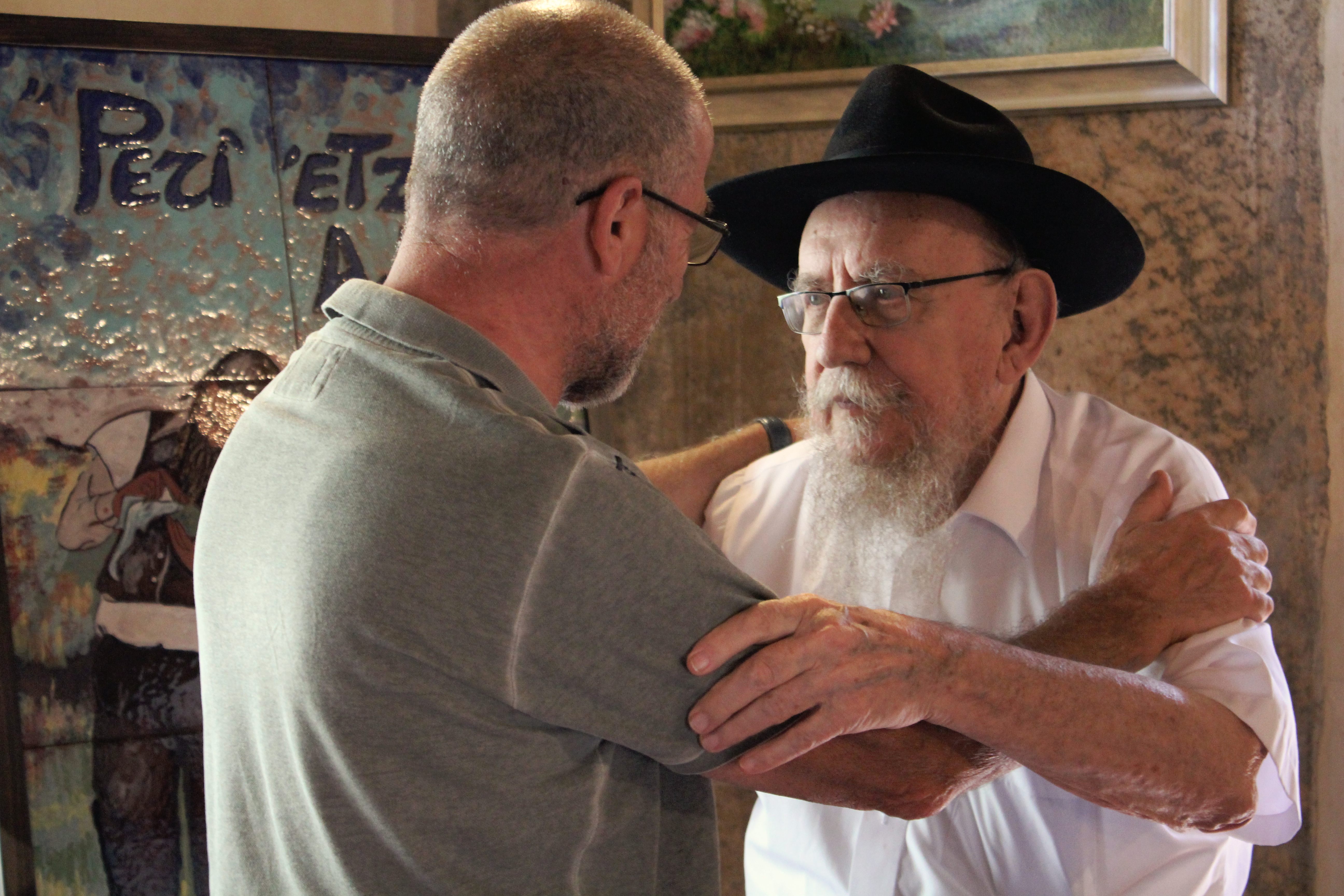
On his visits to the orchards, with a witness beside him, he examines the fruit diligently for any slight imperfections that would make them less hadar, or “glorious,” as an offering. Any citron with skin too smooth, spots or scabs, and measurements too large or too small, he rejects. Lazar’s selections, packed carefully in crates bound for North America, go on to adorn the holiday tables of hundreds of Jewish families in New York, Toronto, and Montreal, where they play a central part in the Feast of Tabernacles.
The fruit gets its elevated status from the Book of Leviticus, which includes God’s commandment to Moses to celebrate the holiday with a collection of the “four species” symbolizing God’s dominion over all creation: a palm frond, a branch of myrtle, a branch of willow, and a fruit from the “goodly tree.”
Since time immemorial, that tree has been understood to be the citron, a rare fruit whose exact origins are still shrouded in mystery. Some rabbis suggest it was the fruit Eve ate in the Garden of Eden. Ancient historians said it came west from India, carried by the armies of Alexander the Great. Whatever its source, it was already widespread in Calabria by the time of ancient Rome, featuring in the frescoes of Pompeii to the north.
Ancient Greeks and Romans believed that the fruit kept moths away, sweetened the breath, and undid the work of deadly poisons. One Greek physician in the first century wrote that it should be eaten by women as a remedy “against their lusting.” Boiled in sugar, its thick skin and white pith are today often eaten as a candy, and its delicately scented oil can lend a citrusy flavor to perfumes and syrups.

Yet despite these varied uses, it has always been first and foremost valued as a religious object. That fact has made its cultivation and sale anything but easy for the farmers of Calabria. A finicky plant, citron trees do not tolerate high winds or cold temperatures. Citron fruits are extremely delicate, bruising and deforming easily. In Cirelli’s orchard, tiny scraps of paper and plastic sheaths are wedged between leaves and fruits to prevent even the slightest friction. Because its culinary uses are limited and its religious value is tied to its exterior perfection, it is an incredibly taxing plant to cultivate.
“For a farmer, this is a fruit like any other fruit,” said Anna-Maria Vitale, a professor of sociology at the University of Calabria who studies the citron trade. “We’re Catholic, so it’s very difficult to understand … My grandfather was a [citron grower], and it was very, very, very hard work. And he would ask himself, ‘Why? We don’t eat it. Why all this hard work?’”
All this has given rise to a persistent use of grafting, where a branch of citron is attached to the rootstock of a heartier citrus variety, making the resulting plant much more resistant to damage. But to graft the citron onto another tree violates Leviticus’s prohibition on the “crossbreeding” of crops, and detracts from the glory of the perfect etrog.
“When it is grafted, though it looks like a cedro, the essence is not the cedro. It’s the lemon tree that it’s grafted on,” Lazar explains. That means, to achieve top dollar for their rare crop, citron growers must produce it in the most difficult way possible—or else successfully hide their illicit handiwork.
This tension has resulted in a long history of grafting scandals that have, through the centuries, pushed the citron trade from place to place around the Mediterranean. The region of Apulia, on Italy’s Aegean coastline, once provided the etrogs for half of Europe, until it gained a reputation in the Middle Ages for grafting its trees. Centuries later, the same fate would befall the citron producers of Corfu, Greece, and the Ottoman Empire.

But to members of Chabad like Lazar—followers of a rabbinical dynasty established by Rabbi Shneur Zalman—the citrons of Calabria have always held a special status. Since Zalman first expressed a preference for them in the 18th century, Calabrian citrons have benefited from a chazakah, a legal presumption, that they arrive pure and untainted.
According to adherents of Chabad, it was a Calabrian citron, carried by angels sent from God, that Moses used to celebrate the first Sukkot. Tradition relates that when the sixth rabbi, Yosef Yitzchak, couldn’t procure one because of the outbreak of war, “he had fever, his Holy face was swollen and he didn’t come out to [pray on] the first days of Sukkot.”
But even this esteemed heritage did not insulate the Calabrian citron completely from doubts about its purity. In 1955, a buyer from Switzerland caught the Calabrian farmers grafting their trees. Soon after, the tradition of an annual inspection by rabbis was born.
Given that the grafting point is often buried underground, determining whether a tree is grafted is, many rabbis admit, as much a leap of faith as it is a science. “Truthfully … it is very difficult to be careful not to accidentally harvest esrogim from grafted trees,” writes Yokab Leib Altein on his website. Altein is the grandson of Rabbi Yisroel Jacobson, the first to import Calabrian citrons to America, and heir to his importing business. “One therefore needs to be an extremely God-fearing person, and strong character to withstand the trial.”
On his annual visits since the mid-1960s, Lazar has done much to build a relationship of trust with the citron growers of Calabria. And increasingly, those growers rely on their customers in the Jewish diaspora to keep their industry alive.
Though citrons intended for Sukkot are highly valued, the vast majority satisfy a limited demand from the cosmetics, perfume, and candy industries, making prices for the fruit, generally, very low. Attempts to unify the handful of producers and set a higher price have failed many times throughout history.

Since 2000, though, producers have been organized via the Consorzio del Cedro di Calabria, under the leadership of Angelo Adduci. Adduci is a fast-talking Italian who calls himself “Calabrian D.O.C.”, a play on the label attached to specialty goods produced entirely within a designated region.
“In 2000, there was no one who knew about the cedro di Calabria,” he says. “From 1982 to 2000, it was a very long period of decline.” Adduci’s strategy has been to lean into the cultural and religious significance of the fruit, building relationships with Jewish community leaders and sharing the story of the crop with tourists through a local museum in Santa Maria del Cedro dedicated to the fruit.
Last year, the consortium won coveted D.O.P. status from the European Union for the cedro di Calabria, which recognizes its significance as an item of inimitable cultural and culinary importance. Such designations, Adduci hopes, will drive new interest in the product, and attract tourists who want to experience its “agro-mystical” properties. “Through the citron, Calabria has the ability to speak to the world,” he says.
But Adduci, who has walked the orchards alongside Lazar since he was seven years old, prefers not to speak of dollars and cents. The real value of the citron, he says, is the relationship it creates between Italy’s Jews and gentiles, one “of humanity, of brotherhood.” Perhaps for that reason alone, these precious citrons really are worth their weight in gold.
Gastro Obscura covers the world’s most wondrous food and drink.
Sign up for our regular newsletter.



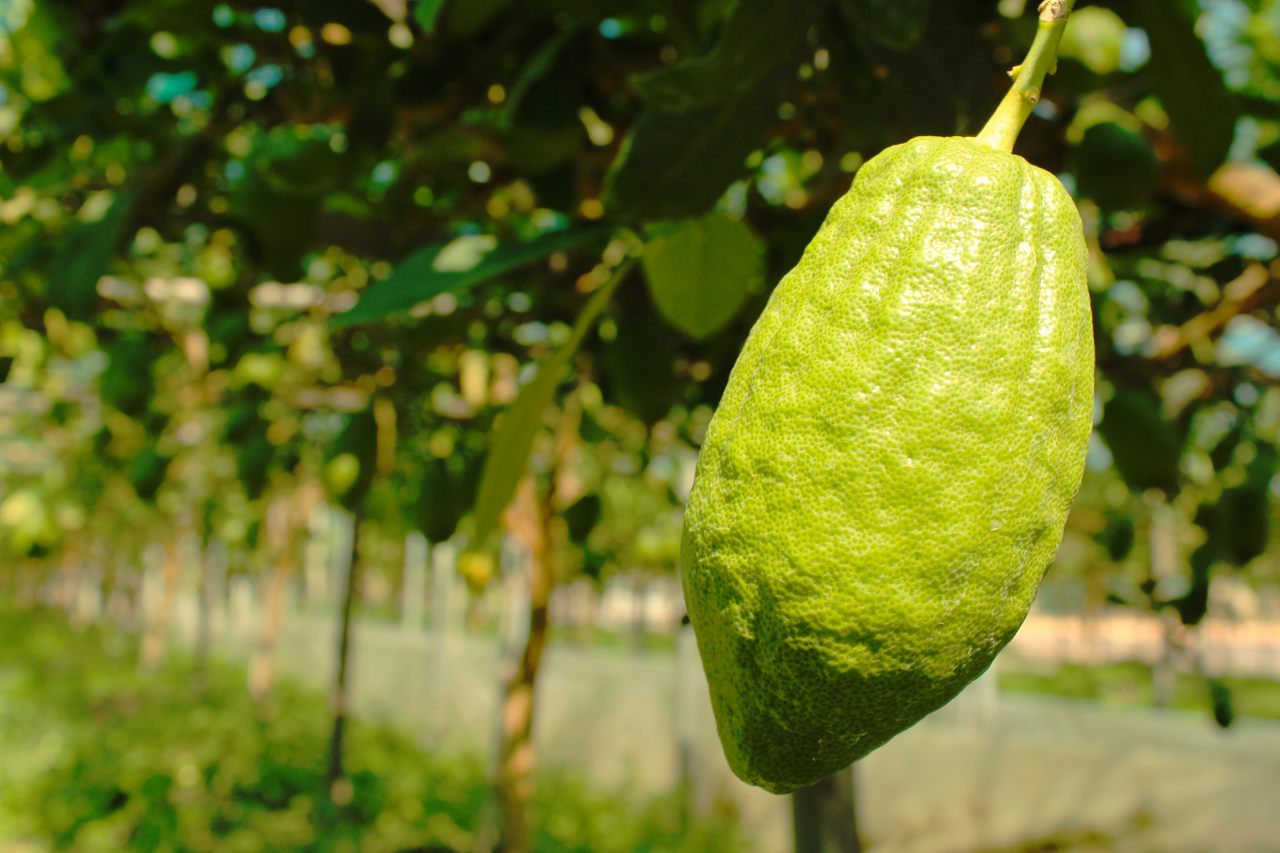







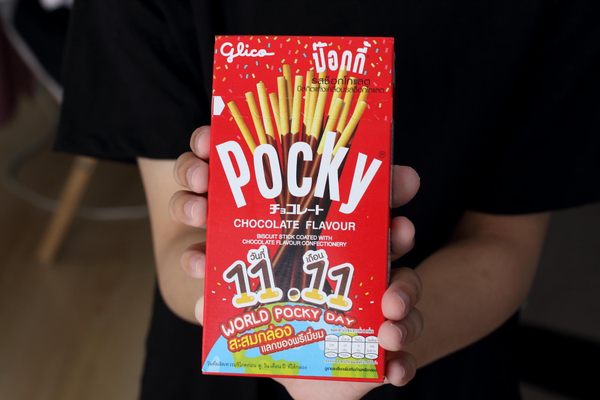












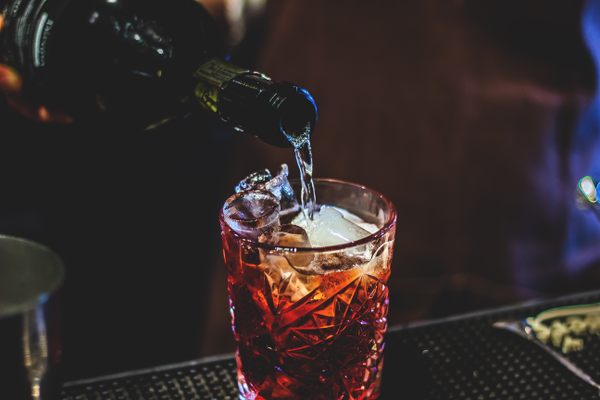
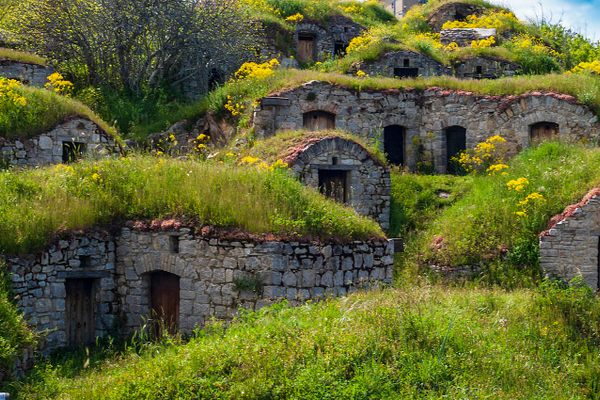


Follow us on Twitter to get the latest on the world's hidden wonders.
Like us on Facebook to get the latest on the world's hidden wonders.
Follow us on Twitter Like us on Facebook